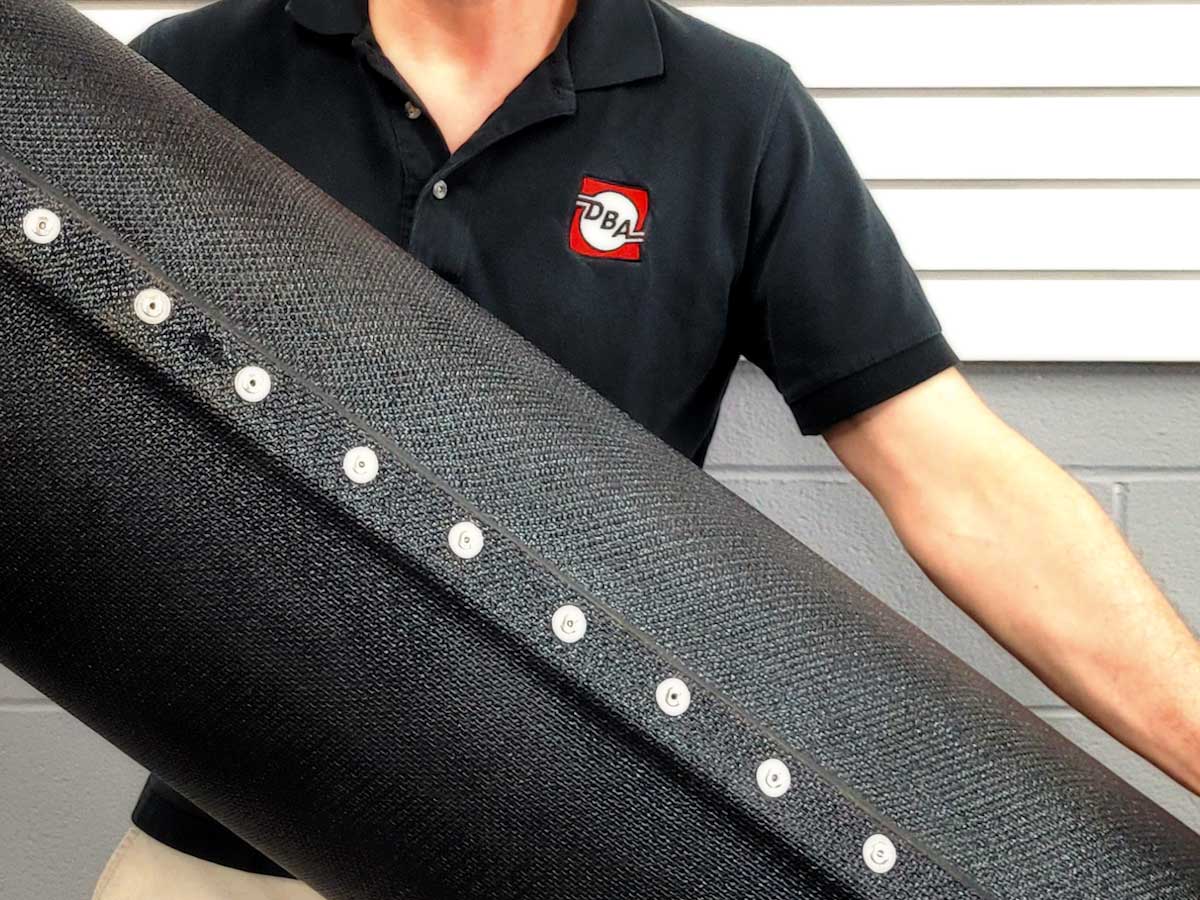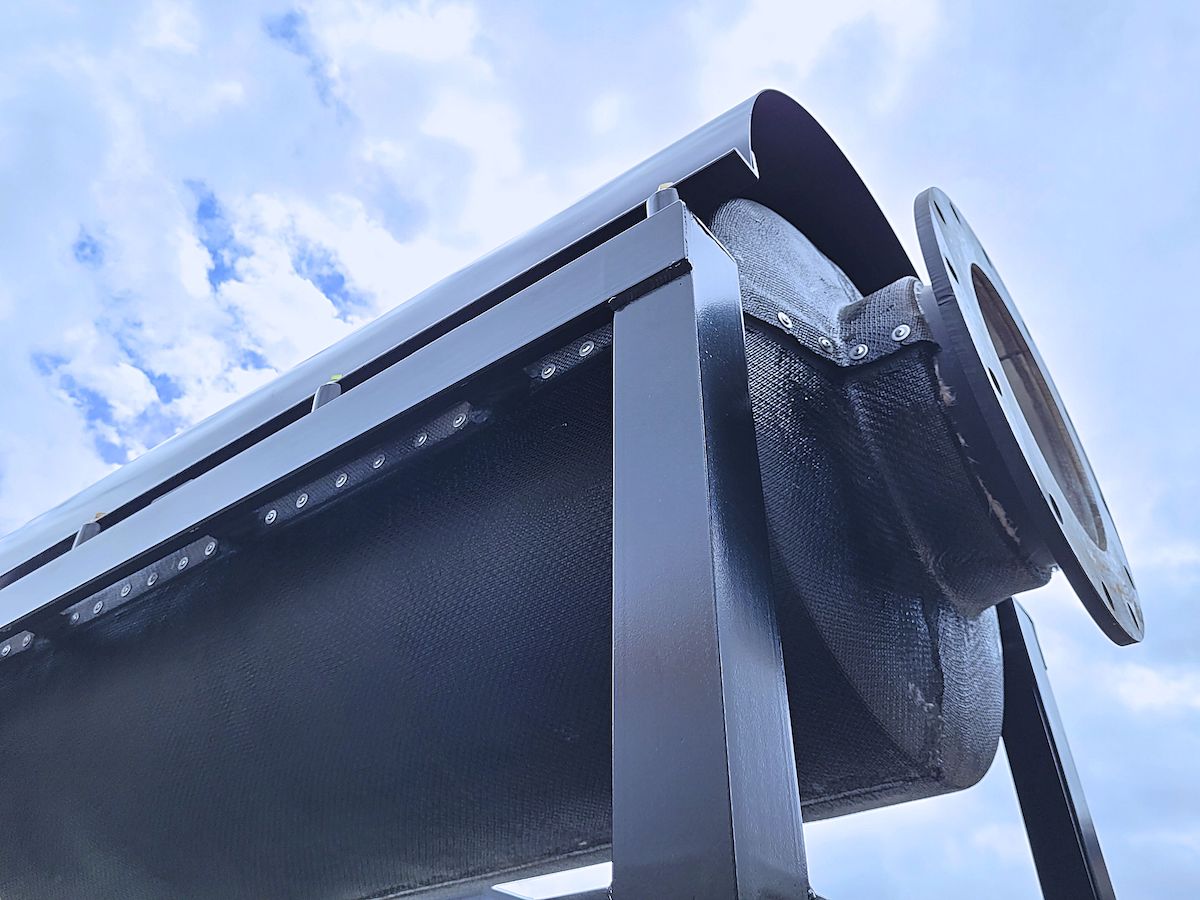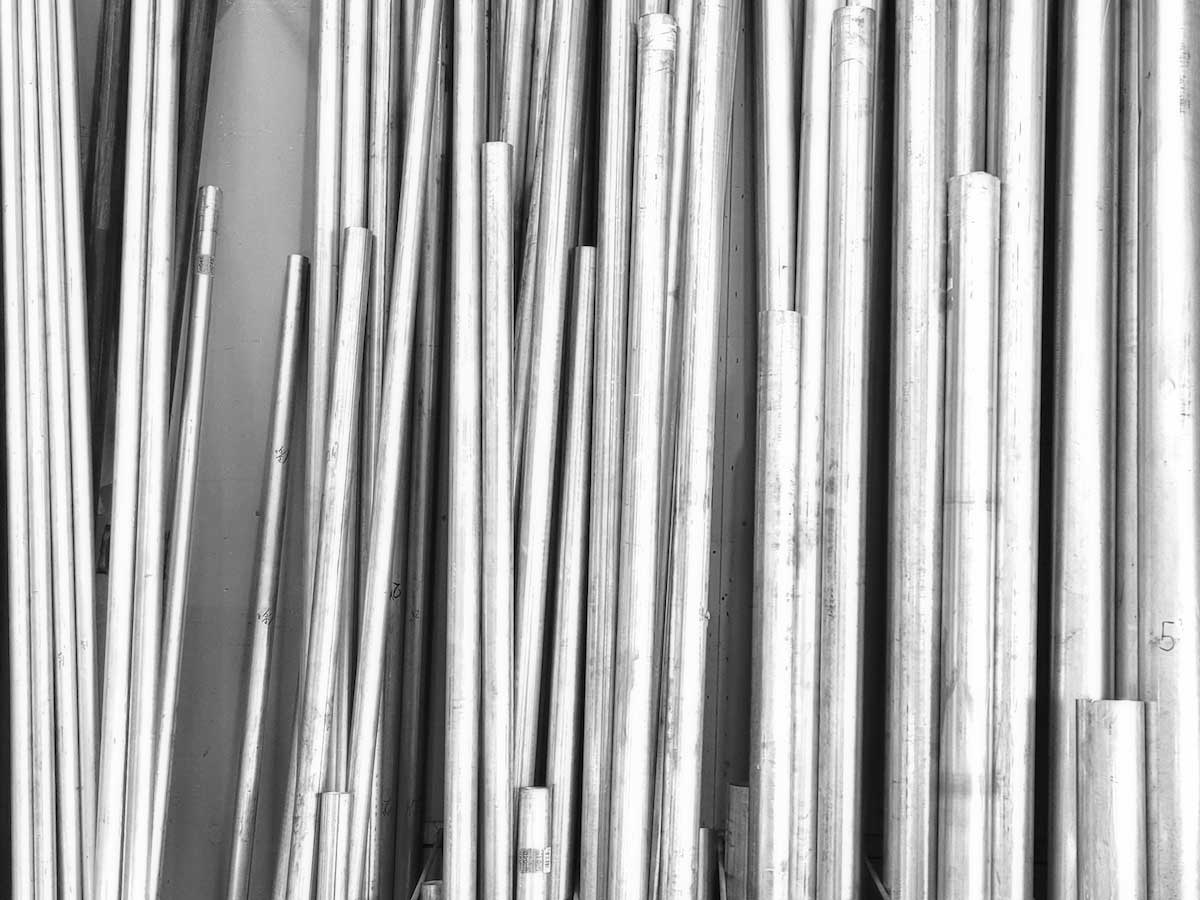In today’s piece, we’ll be discussing mining trucks and the companies that manufacture their exhaust systems and their individual exhaust components. Most of our articles offer information on a particular topic using an essay format, but today’s post will instead set out to answer some common questions related to this subject.
Who Are The Major Mining Truck Exhaust Manufacturers?
In many cases, organizations that build mining trucks produce their own exhaust systems and exhaust parts in-house. In other situations, an external supplier provides kits and components. In both scenarios, the exhaust units in question are considered OEM, which stands for Original Equipment Manufacturer. DBA Silencing is the OEM supplier for Liebherr Mining Equipment, and has been for decades.
DBA Silencing also produces aftermarket parts for trucks made by firms such as Komatsu and Caterpillar.
Our goals, when designing aftermarket exhaust components and systems, are to:
- reduce costs for our customers,
- make installation of replacement parts more convenient,
- boost safety, and
- improve the performance of the trucks that are outfitted with our products.
Let’s go through each of these objectives in turn.
- DBA aftermarket exhaust parts are often less than half the price of their OEM equivalents, and this makes them extremely attractive to many mine sites.
- Some OEM exhaust systems utilize lengthy sections of tubing that are so heavy a crane is required to lift them into place. DBA exhaust kits, on the other hand, employ shorter sections of pipe and – because they’re segmented – they can typically be installed in a much simpler fashion.
- DBA exhaust parts are sheathed in heat-resistant fibreglass shells and this dramatically reduces the likelihood of both truck fires and skin burns.
- Most OEM systems have both pros and cons. DBA aftermarket exhaust systems are engineered to optimize the advantages and eliminate the weaknesses of the OEM systems they replace.
If you’re interested in more information on the difference between OEM and aftermarket units, there are plenty of pieces on the topic of OEM vs. aftermarket parts. But let us return now to the question at hand: who are the major mining truck exhaust manufacturers? Well, the largest players in the mining industry do – of course – manufacture {or have manufactured} a lot of mining truck exhaust systems and components. These corporations would include Komatsu, Caterpillar, Hitachi, Terex, and Liebherr.
Which Company Produces The Best Custom Exhaust?
Unfortunately, it’s difficult for us to answer this question without sounding immodest. At DBA, we’ve been fashioning custom exhaust systems and custom exhaust components for over 30 years. If you’d like to learn more about our expertise in this area, you can read our blog post entitled “Custom Truck Parts & Other Tailor-Made Solutions“. We are, at this very moment, manufacturing custom exhaust systems for several seagoing vessels and for an engine testing facility.
Having said that, we should recognize that there are other companies out there offering custom exhaust. None of these other organizations, however, offer anything remotely comparable to DBA’s proprietary fibreglass shell technology. All of which is a roundabout way of saying that the best custom exhaust manufacturer is…yep, you guessed it, DBA Silencing!
Which Exhaust System Offers The Best Sound?
In our experience, there isn’t much to separate the different mining truck exhaust manufacturers when it comes to sound quality. It’s not the case, for instance, that Komatsu trucks are known to be cacophonous, and that Cat trucks are renowned far and wide for purring along in a manner pleasing to the ear. Most mining truck exhaust manufacturers do a decent job, in other words, of keeping their engines relatively quiet. In actual fact, the whining from a vehicle’s drive train is often more of an issue from an auditory standpoint than the noise generated by the engine.
One thing we are comfortable saying is that DBA mufflers are unparalleled when it comes to dampening racket. We’ve perfected a variety of gut designs that break up sound waves effectively, and keep things as peaceful as possible.
What Is The Ideal Material For Diesel Exhaust?
Mining truck exhaust manufacturers use a wide variety of materials when producing exhaust systems and exhaust components. We have done a deep dive on this topic, in an article entitled “Stainless Steel Exhaust vs Aluminized Steel Exhaust“. Feel free to check that out. What we can say, summarizing that piece, is that there are three primary options for exhaust products: aluminized steel, black steel, and stainless steel. Each has both benefits and disadvantages.
Stainless steel, for instance, is top-notch when it comes to corrosion resistance. Some types of stainless steel, however, can crack when they’re welded. Thus, it’s difficult to single out one material as ideal for diesel exhaust; it really depends, as it so often does, on the application.
What Is The Most Expensive Exhaust Material?
Generally speaking, it costs more to make an exhaust system out of stainless steel than aluminized or black steel. Of course, the outlay for the tubing itself is only one factor. Example: materials that are more difficult to work with add time to the manufacturing process and thus bump up the price tag. There are also different types of tubing within each category, and these have varying values. 304 stainless steel, for instance, will set you back a different amount than 409 stainless steel.
Pipe thickness also plays a role here: schedule 80 piping features a thicker wall than schedule 40 piping. This means it’s more durable, but also heavier. And that additional weight can have cost repercussions. We once redid a fishing vessel’s exhaust system and, by replacing some unnecessarily burdensome sched 40 tubing, we lightened the boat by thousands of pounds and saved the owner a significant amount on fuel.
And that concludes today’s Q&A. If you still have questions, by all means give us a call at 1-800-661-5886. You can also check out our website or our catalogue. As always, we appreciate you taking a few moments out of your busy day to peruse a DBA post. Cheers!


